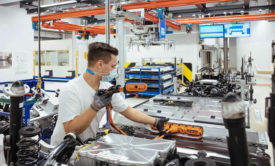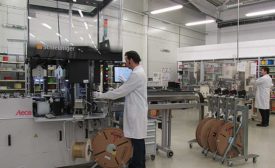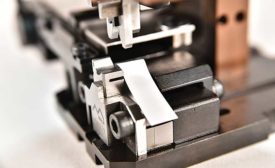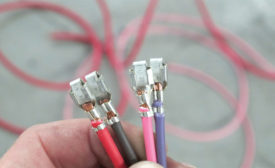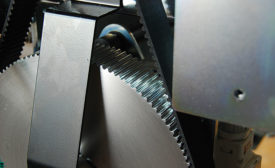ARTICLES
Automation can improve wire processing quality and throughput.
Read More
Best Practices in Crimp Applicator Maintenance
Schleuniger recommends preventative maintenance and proper setup to ensure crimp quality
April 11, 2018
The Impact of the LV 214-4 Standard
A new standard developed by German automotive OEMs provides insight into crimp force monitoring.
January 6, 2017
Never miss the latest news and trends driving the manufacturing industry
Stay in the know on the latest assembly trends.
JOIN TODAY!Copyright ©2024. All Rights Reserved BNP Media.
Design, CMS, Hosting & Web Development :: ePublishing
